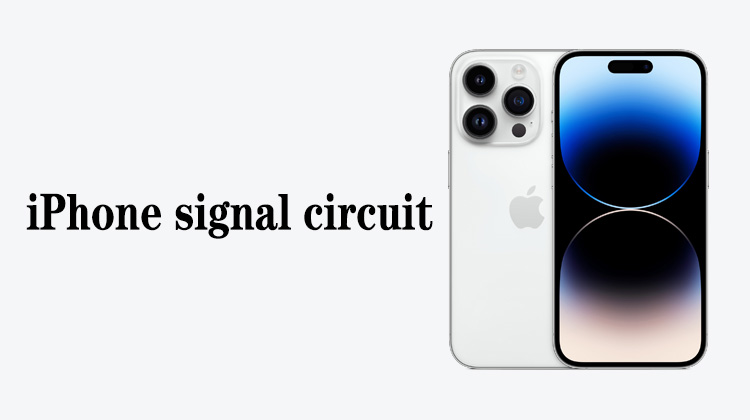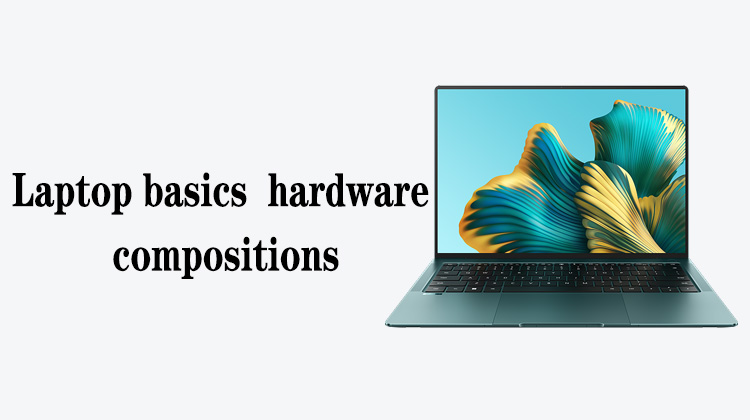1
00:00:00,333 --> 00:00:04,566
Hello everyone, in this lesson we will take a look at the soldering of QFN chips
2
00:00:05,200 --> 00:00:08,300
Let's talk about removing the QFN chip first
3
00:00:08,866 --> 00:00:13,333
When removing the QFN chip, first use tweezers to hold the chip firmly
4
00:00:14,366 --> 00:00:19,333
While clamping the chip firmly, give the tweezers a force towards the palm of your hand
5
00:00:19,766 --> 00:00:25,300
In this way, when the chip is melted, it can be observed at the first time, and the chip can be removed
6
00:00:27,366 --> 00:00:30,766
We next use the air gun to heat the chip
7
00:00:31,266 --> 00:00:35,766
The temperature and wind speed are 450 degrees, 60 degrees
8
00:00:36,300 --> 00:00:40,466
When disassembling the QFN, it must be heated evenly, and at the same time,
9
00:00:40,600 --> 00:00:43,366
it must be heated straight up and down
10
00:00:43,933 --> 00:00:47,400
Here is just for the convenience of demonstration, so blowing diagonally
11
00:00:54,133 --> 00:00:56,566
It can be seen that the chip has moved
12
00:00:56,900 --> 00:00:58,733
We remove the chip
13
00:00:59,500 --> 00:01:02,700
In this way, the disassembly of the QFN chip is completed.
14
00:01:03,200 --> 00:01:06,200
Next, let me take a look at the soldering of the QFN chip
15
00:01:07,100 --> 00:01:09,300
First we need to apply a little flux to the pad
16
00:01:12,100 --> 00:01:14,766
Then we need to align the direction of the chip
17
00:01:16,366 --> 00:01:19,766
You can see that there is a bar at this position of the motherboard,
18
00:01:20,166 --> 00:01:22,300
which represents the first pin of the chip.
19
00:01:22,700 --> 00:01:26,366
So, the mounting direction of the chip should be like this
20
00:01:26,966 --> 00:01:30,500
Next we use an air gun to heat the pad
21
00:01:30,733 --> 00:01:35,433
The temperature and wind speed of the air gun are constant
22
00:01:36,600 --> 00:01:39,533
Continue to heat the pad until all the tin on the pad melts
23
00:01:42,300 --> 00:01:45,666
You can see that the tin on the ground has now melted
24
00:01:46,300 --> 00:01:50,666
After melting, we can clamp the chip, put it on the pad, and then align the chip
25
00:01:54,666 --> 00:01:58,233
This way the chip is soldered
26
00:01:59,933 --> 00:02:03,066
But it doesn't necessarily mean it's welded.
27
00:02:04,000 --> 00:02:08,266
We also need to check the soldering of the chip
28
00:02:09,200 --> 00:02:14,700
After inspection, it was found that the 3 pins on the right were obviously lacking tin
29
00:02:15,933 --> 00:02:19,100
In this case, we can use a soldering iron to solve it
30
00:02:20,000 --> 00:02:24,333
Drag solder the pins with a soldering iron and tin wire
31
00:02:25,133 --> 00:02:29,633
After drag soldering, the situation of tin deficiency will be significantly improved
32
00:02:30,133 --> 00:02:33,000
Let's take a look at the pins after soldering
33
00:02:33,866 --> 00:02:39,800
Each pin must be bright and full, and there is no lack of tin, even tin, or false soldering
34
00:02:41,500 --> 00:02:44,566
This kind of QFN is welded
35
00:02:45,500 --> 00:02:48,533
Just now we used an old chip to solder
36
00:02:48,966 --> 00:02:52,466
Older chips are generally less difficult to solder
37
00:02:52,933 --> 00:02:56,700
Next we use the new chip to solder
38
00:02:58,166 --> 00:03:03,933
It can be seen that each of its pins is relatively dim and not shiny
39
00:03:05,000 --> 00:03:10,933
Pins like this cannot be soldered directly, we need to tin the pins first
40
00:03:12,800 --> 00:03:18,166
Use a soldering iron and tin wire to tin all the pins on all four sides
41
00:03:21,933 --> 00:03:25,166
The effect after tin plating should be as shown in the figure
42
00:03:25,366 --> 00:03:27,233
Every pin is shiny
43
00:03:28,366 --> 00:03:30,666
This is the only way to weld
44
00:03:31,733 --> 00:03:35,666
At the same time, we also need to plate a little tin on the ground in the middle
45
00:03:36,533 --> 00:03:40,433
It should be noted here that the tin on the ground must not be added too much
46
00:03:41,066 --> 00:03:43,866
If you add too much, it will affect the welding
47
00:03:45,666 --> 00:03:51,566
The next welding process is the same as before, let's fast forward a little
48
00:03:54,966 --> 00:03:59,966
After the welding is completed, we still need to check the welding condition of the chip
49
00:04:00,500 --> 00:04:06,000
After inspection, it is found that the third pin from right to left has a false soldering
50
00:04:07,666 --> 00:04:13,166
We can use the method of dragging tin with the soldering iron just mentioned to solve the problem.
51
00:04:13,900 --> 00:04:17,066
But here I want to introduce you a different solution
52
00:04:17,566 --> 00:04:22,466
Use tweezers to pick up a little tin paste and apply it to the place where the solder is weak
53
00:04:23,133 --> 00:04:28,366
If you can't observe the false soldering, you can also apply tin paste to the four sides
54
00:04:31,166 --> 00:04:37,333
After the solder paste is applied, heat the chip directly with an air gun to melt the solder paste
55
00:04:37,866 --> 00:04:42,266
It can be seen that after the tin paste melts, there is linked tin
56
00:04:42,566 --> 00:04:45,366
Linked tin is very easy to handle
57
00:04:45,566 --> 00:04:50,466
We use a soldering iron to touch it a little bit, and even the tin is gone
58
00:04:50,733 --> 00:04:54,466
After dealing with the linked tin, let's clean the chip
59
00:04:55,800 --> 00:05:00,966
Finally, let's observe the welding effect
60
00:05:01,466 --> 00:05:07,800
It can be seen that each pin is very full and bright, and there is no lack of tin, tin connection, etc.
61
00:05:08,433 --> 00:05:11,533
This kind of QFN is welded






